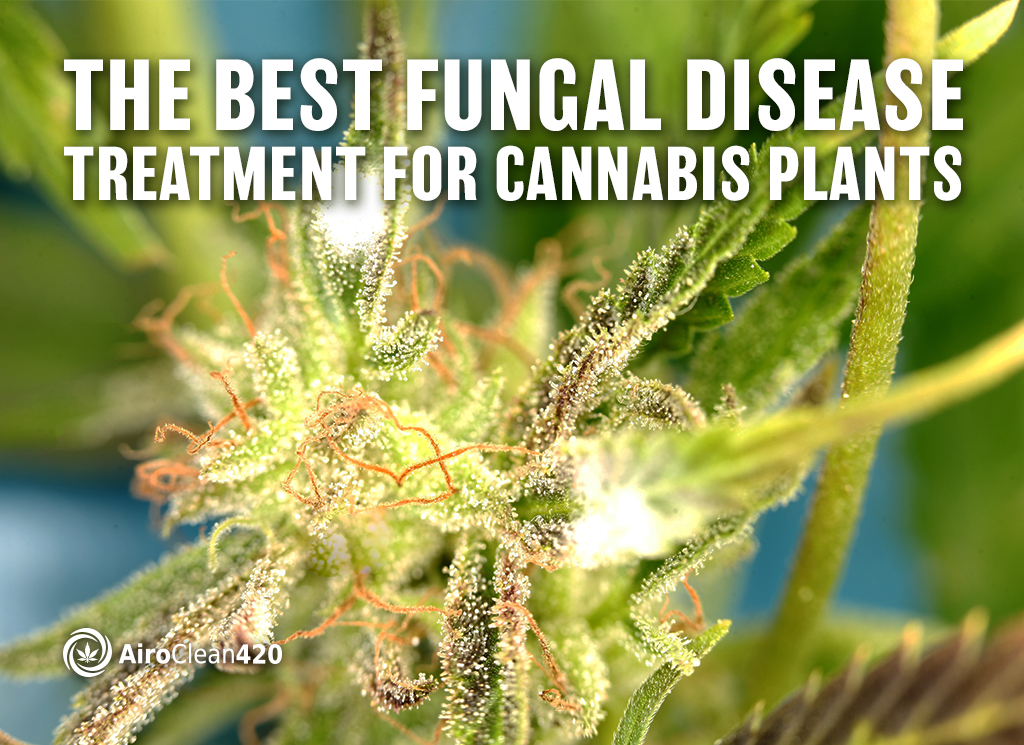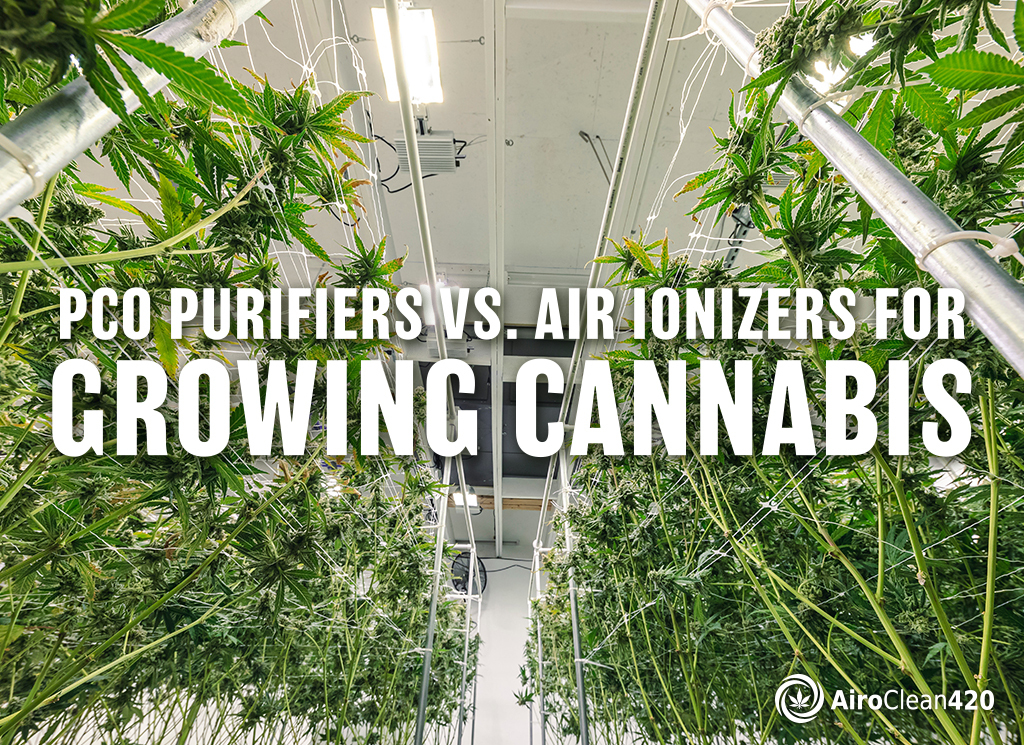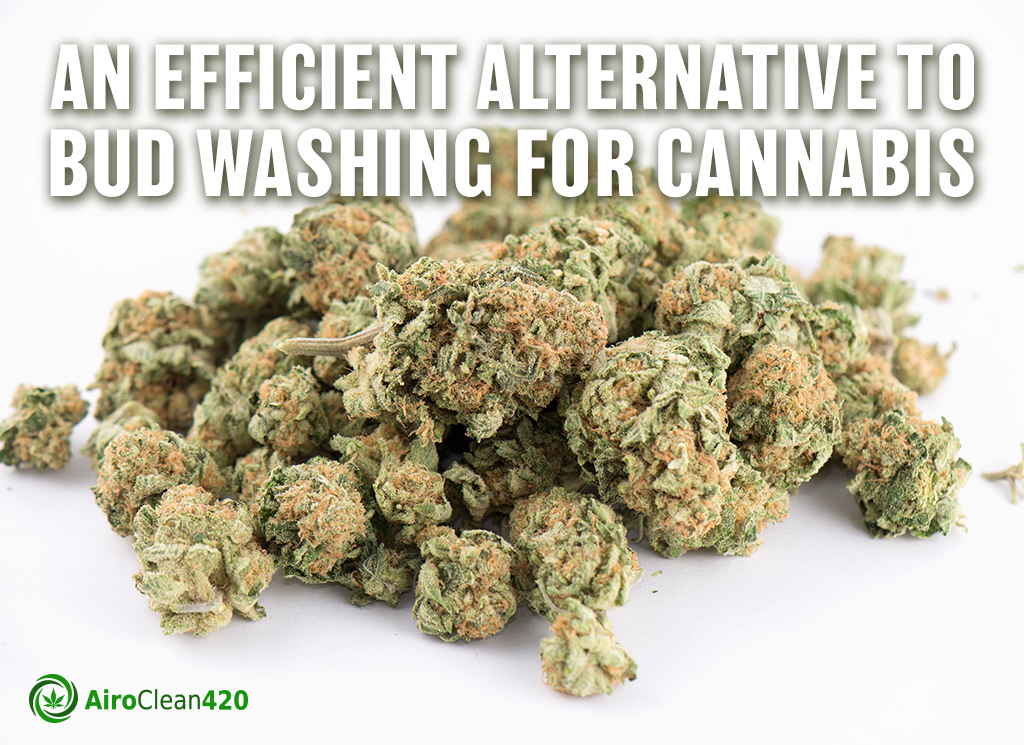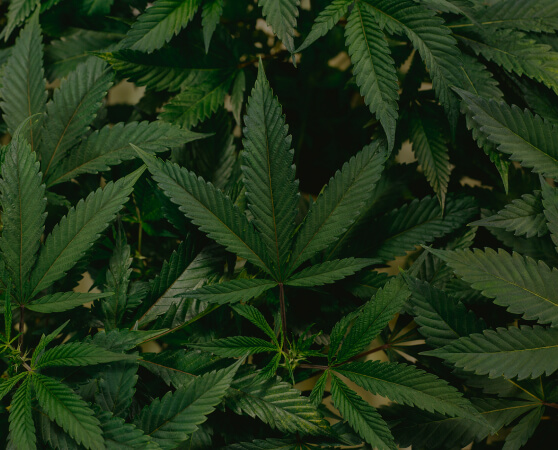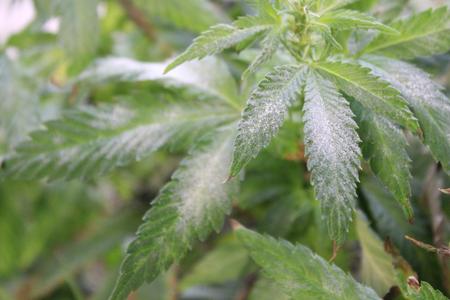
With several millions of species of fungi around the world, your cannabis plants are under constant threat. Microscopic fungal spores float through the environment, waiting to take hold of a plant. Under the right growing conditions, these spores can lead to mold, root rot, damping off, and other diseases that cripple plants. Thus, it is essential to understand approaches to fungal disease treatment to keep your harvest safe.
Approaches to Fungal Disease Treatment
There are several methods of treating fungal diseases. Consider the following approaches:
Controlling Environmental Variables
The most important factor is to control environmental variables that make plants susceptible to fungal diseases. This includes temperature, frequency of watering, environmental humidity, soil pH, and mineral content. Adjusting these factors to industry best practices can prevent the spread of fungal spores throughout your growing environment.
Conventional Fungicides for Fungal Disease Treatment
After you notice signs of fungi on your plants, however, it is important to take immediate action. Some growers opt for non-organic measures, such as conventional fungicides. These chemicals can be an effective way to kill fungi on cannabis plants. However, fungicides can be hard on plants as well as the environment.
Organic Fungicidal Options
Fungicides may also be harmful for human consumption. Today, many consumers are looking for cannabis grown in a fungicide-free environment. This makes organic fungicides an attractive option. For example, potassium bicarbonate is a natural fungicide that can reduce the spread of powdery mildew and other fungi. Hydrogen peroxide is a related compound that has anti-fungal and anti-bacterial properties. Adding a 3% solution of hydrogen peroxide to plants will inhibit the growth of gray mold (or “grey” mold) and algae.
Similarly, copper sulfate has been used to control fungi on grape vines for centuries. Unfortunately, copper sulfate can damage marijuana plants. Adding lime can partially attenuate this effect. Another effective approach is to use Bacillus subtilis, a strain of bacteria that fights mildew and gray mold without affecting plants.
Air Sanitization
By far, the best fungal disease treatment is to prevent a mold infection in the first place. Controlling temperature, humidity, and plant watering is a good start. However, it is important to be able to neutralize mold spores once they are present. Investing in an air purification system like AiroClean420 ensures that you never need to worry about mold. AiroClean420 captures mold spores and traps them in a reaction chamber. In this chamber, tubules nano-encrusted with a web of titanium dioxide kill any organic compounds they contact. This takes care of environmental mold spores in no time.
Get AiroClean420 Commercial Pricing
Contact us today to learn more about why AiroClean420 is the best option for fungal disease treatment in the industry.
Ready to Stop Powdery Mildew?
Fill out a simple form to get pricing for AiroClean420.


